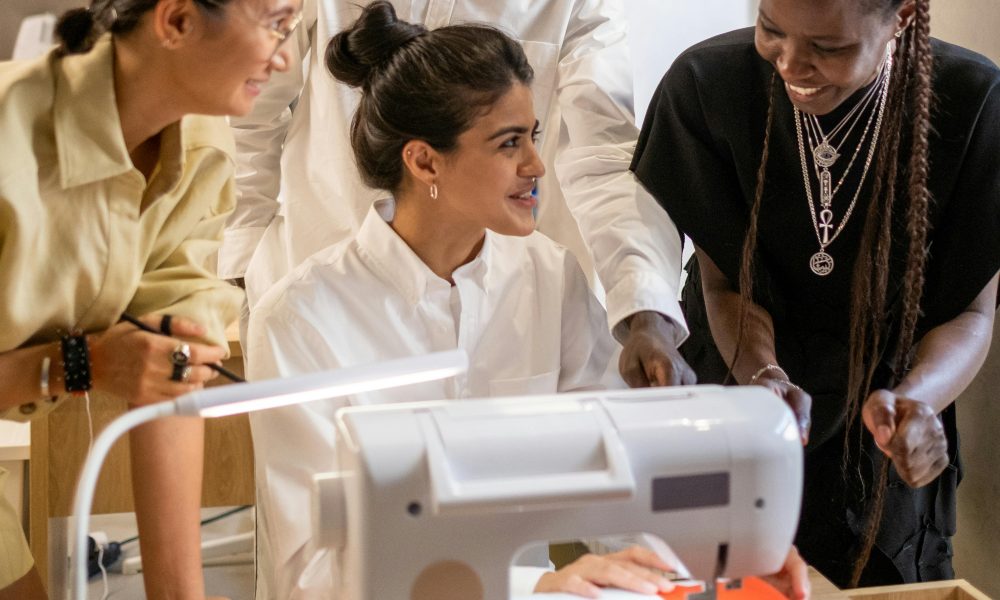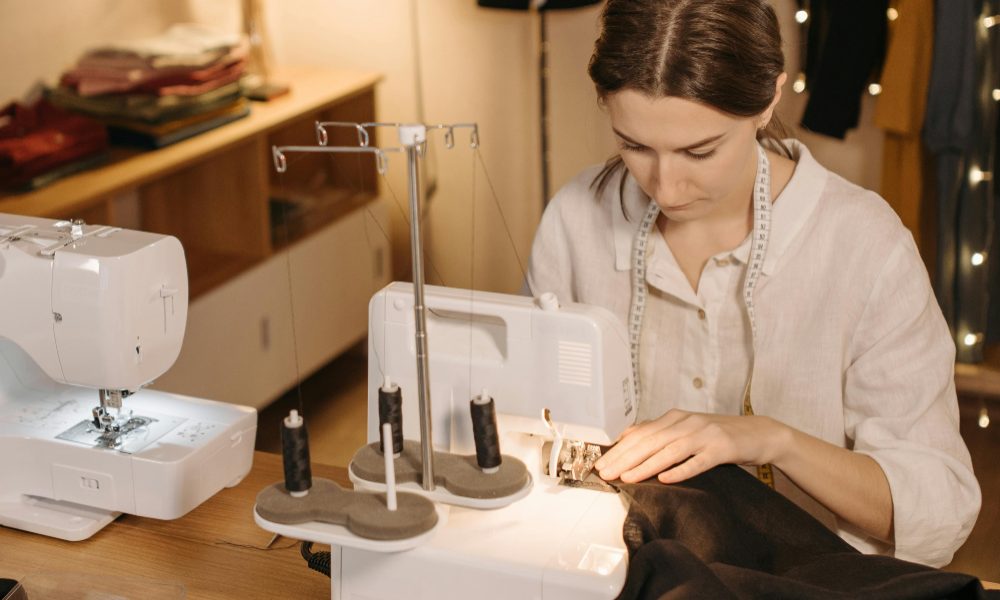Elevating the details of your sewing projects has never been easier than adding bias tape. This versatile fabric strip can add a professional touch to garments, home decor, and beyond. If you’re ready to master the art of sewing bias tape, this comprehensive guide has you covered.
- Understand the basics of bias tape
- Prepare your fabric for cutting
- Cut the bias tape strips
- Attach the bias tape to your project
- Finish the edges for a polished look
Understanding Bias Tape
Bias tape is a fabric strip cut on the diagonal, or bias, of the material. This allows it to stretch and curve beautifully around its edges, making it a go-to for clean, finished seams. Bias tape comes in various widths; you can purchase it pre-made or create custom strips from your fabric stash.
Preparing the Fabric
Before cutting your bias tape, you’ll want to ensure your fabric is ready. Wash, dry, and iron the material to eliminate wrinkles or creases. Then, use a ruler or rotary cutter to mark guidelines on the wrong side of the fabric, indicating the desired width of your bias tape strips.
Cutting the Bias Tape

With your fabric prepped, it’s time to start cutting. Using sharp fabric shears, carefully cut along the bias guidelines you created. The length of your bias tape strips will depend on your project, but a good rule of thumb is to cut them 2-3 times longer than the perimeter you need to cover.
Attaching the Bias Tape
Begin by folding the bias tape half lengthwise on the wrong sides together. Press to create a distinct crease. Pin the bias tape in place by aligning its raw edge with the raw edge of your fabric. Stitch the tape to the fabric using a seam allowance of 3/8″.
Finishing the Edges
For a beautifully polished look, fold the bias tape over the raw fabric edge, encasing it. Press the folded edge, then topstitch close to the fold to secure the tape. Fold the bias tape at a 45-degree angle to miter the corners before stitching for a professional finish.
FAQs
What is the difference between single-fold and double-fold bias tape?
Single-fold bias tape is a single layer of fabric, while double-fold bias tape is folded in half lengthwise. Double-fold is more commonly used as it provides a thicker, more substantial finish.
Can I use bias tape on knit fabrics?
Yes, bias tape can be used on both woven and knit fabrics. The diagonal cut of the bias tape allows it to stretch and conform to the curves of knit materials.
How do I determine how much bias tape I need for a project?
The amount of bias tape needed will depend on the perimeter of the area you’re finishing. As a general guideline, cut bias tape strips 2-3 times longer than the edge you must cover.
***
Ready to elevate your next sewing project with the addition of bias tape? Try these steps, and let me know if you have any other questions in the comments below!
***
Main image: pexels




